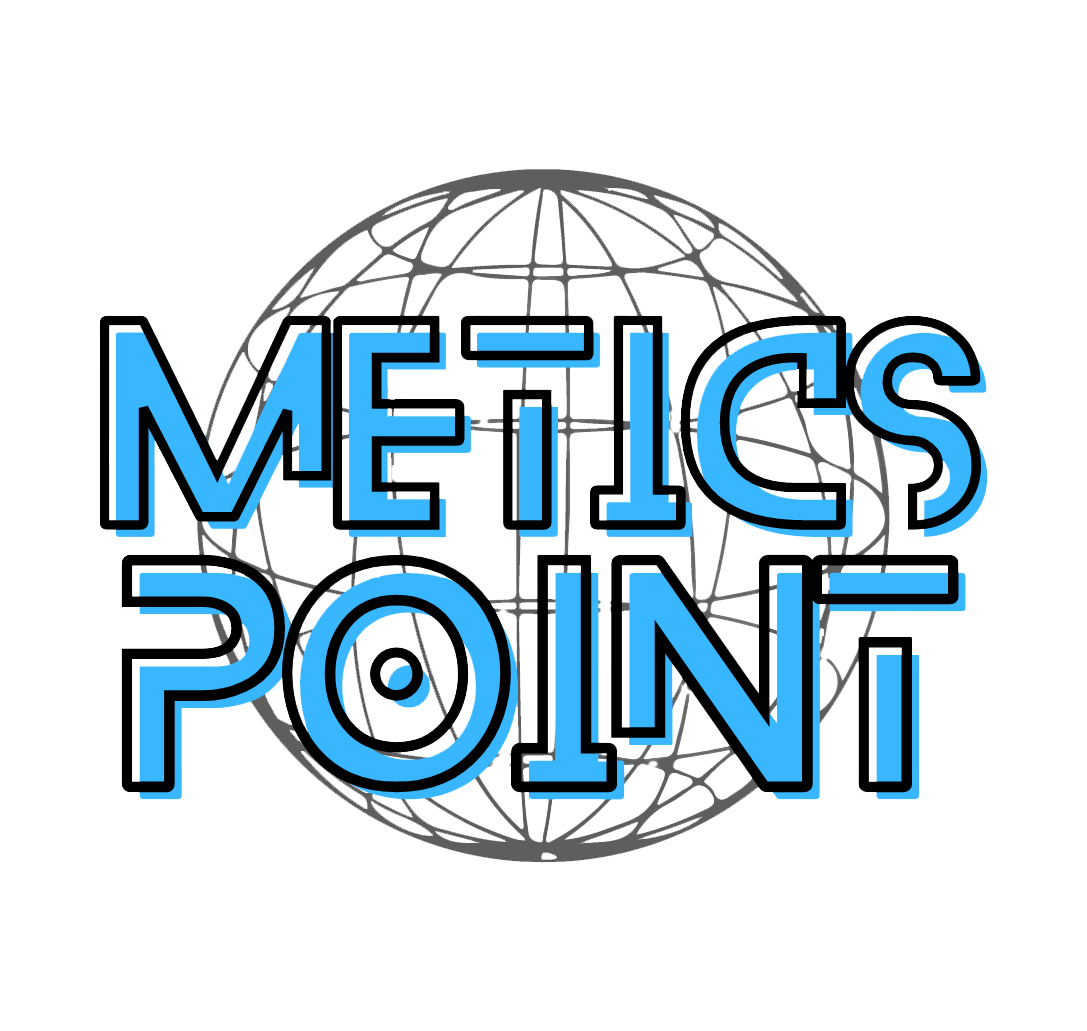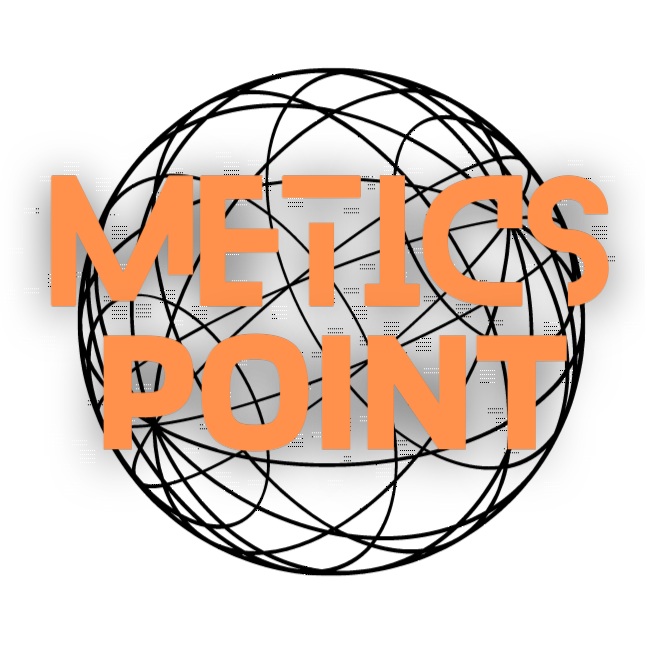Essential Knowledge for Map Collection Assessment Methods: What does one need to know when assessing a collection of maps? This question, seemingly simple, opens the door to a vast and intricate world where cartography intersects with history, geography, and even art. The task of a map collection assessment is not merely to categorize or value a collection but to understand the stories, the shifts in knowledge, and the evolution of cartographic techniques that these maps represent. For a professional tasked with this responsibility, it is essential to balance both a scientific approach and an appreciation for the subtle nuances that make each map unique.
Map collection assessment can be likened to curating a museum exhibit; it requires both technical skill and a profound appreciation for the historical and cultural context. Let’s delve into the essential knowledge required for accurate and insightful map collection assessment methods.
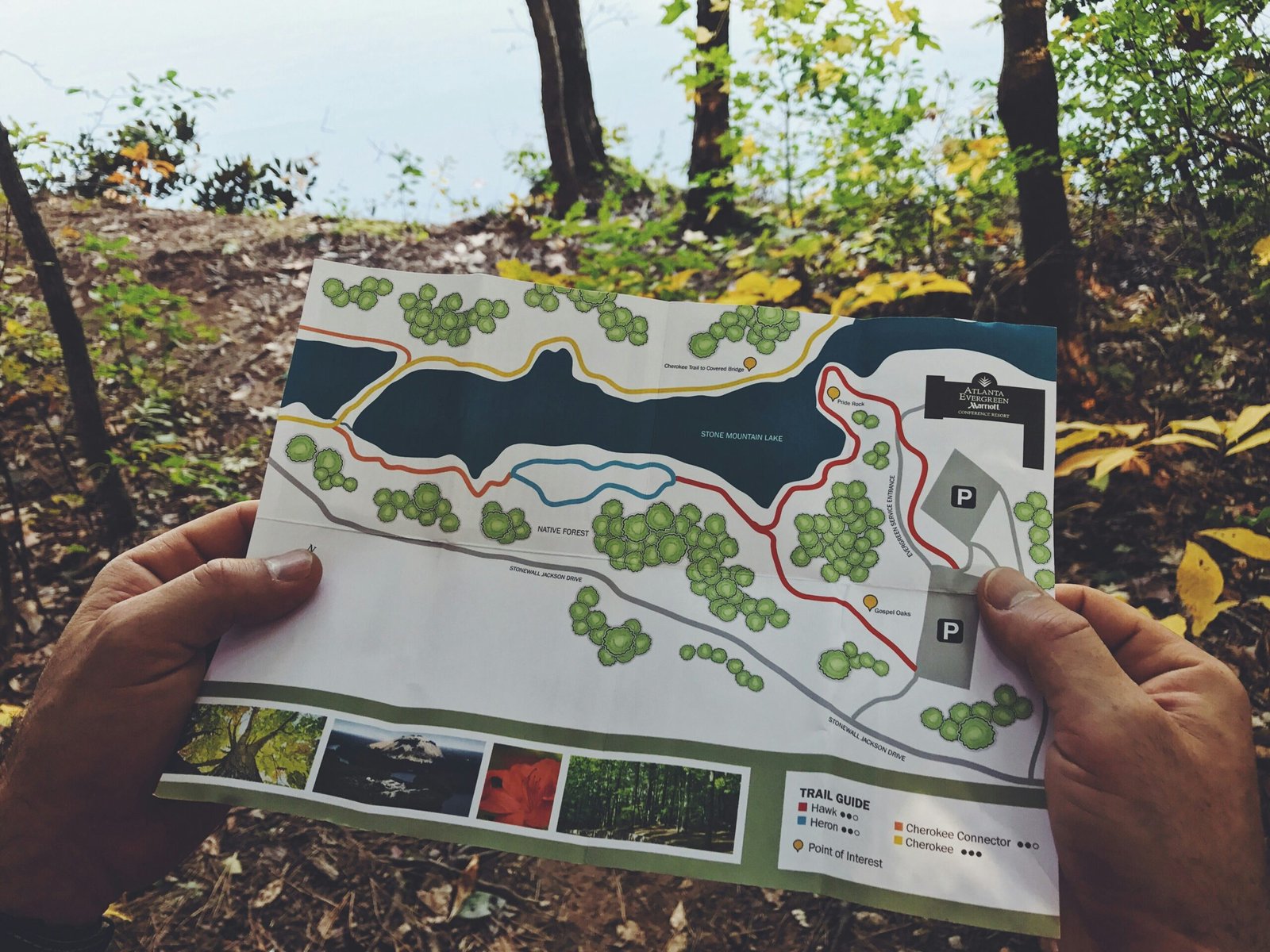
Table of Contents
Historical Context of Map Collection
The Evolution of Mapmaking
Mapping the world is as old as human civilization. From primitive stone engravings to the sophisticated digital maps of today, the evolution of mapmaking illustrates humanity’s growth in knowledge and exploration. Maps from various eras reflect not only the scientific understanding of geography at the time but also the political, religious, and cultural contexts that influenced their creation.
Anecdotes from the Past
Consider the ancient maps of the world that once adorned the courts of emperors, with mythical creatures populating the seas and margins representing uncharted territories. These artful creations offered a glimpse into the minds of their creators and patrons, chronicling the shifts in perspective—from the flat earth theory to the heliocentric view.

Key Concepts in Map Collection Assessment
Defining Map Assessment
Map assessment is an interdisciplinary practice combining elements of geography, history, preservation, and curation. It involves evaluating maps based on their condition, historical significance, and the accuracy of geographical representation.
Factors in Assessment
- Historical Significance: Maps are evaluated for their historical context and contribution to our understanding of various eras.
- Condition and Preservation: The materials used in map creation, such as parchment, paper, or modern synthetics, affect their longevity and required conservation.
- Cartographic Accuracy: Examining the scientific precision of maps in representing the world is crucial, particularly as we compare older maps to present-day knowledge.
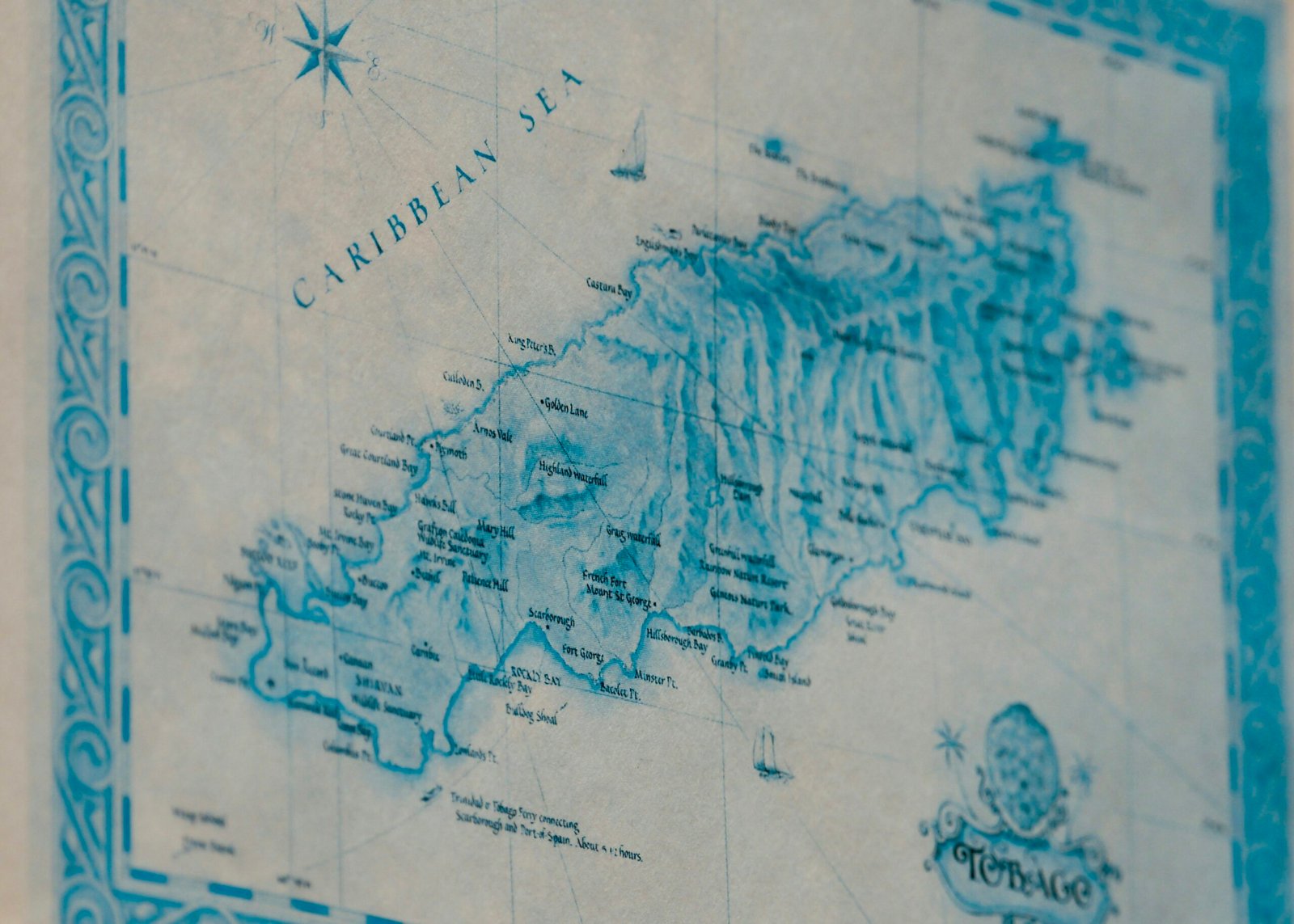
Step-by-Step Guide for Map Collection Assessment
Initial Inspection and Inventory
- Catalog the Collection: Begin by cataloging individual maps, noting titles, dates, cartographers, and publishing details.
- Physical Condition Assessment: Inspect each map for signs of damage, such as tears, stains, or fading, and record these observations.
Historical Research and Contextualization
- Research the Cartographer: Determine the prominence and influence of the map maker during their time.
- Analyze Historical Context: Place the map within its historical and cultural frame by identifying notable events, exploration phases, or scientific breakthroughs that coincide with its creation.
Technical Evaluation
- Determine Projection Methods: Assess the map’s projection method to understand its geographical accuracy.
- Modern Comparisons: Compare historical maps with current geographical models to evaluate changes and developments over time.
Condition and Preservation Strategies
- Material-Based Preservation: Employ specific preservation techniques suitable for the map’s composing materials.
- Environmental Controls: Implement temperature and humidity controls to preserve delicate maps.
- Digital Archiving: Consider digitizing the collection to enhance accessibility and safeguard against loss.
Visual Representation in Assessment
Infographics and charts can help summarize findings and convey complex information about a map’s origins, historical relevance, and condition. Using visual aids can enhance comprehension and retention of detailed data, making it accessible to diverse audiences.
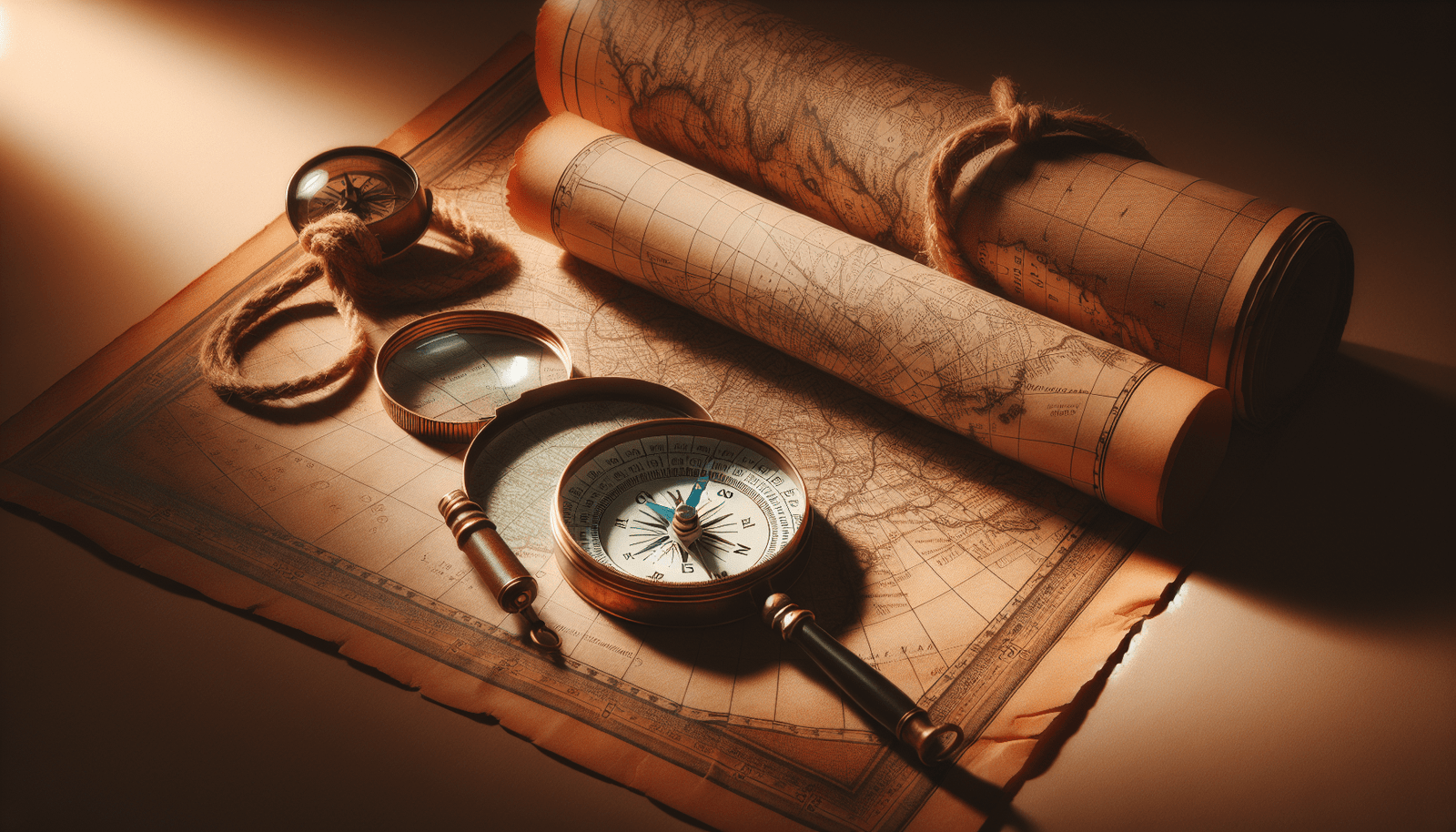
Case Studies and Success Stories
The British Library Map Collection
One of the most comprehensive and diverse in the world, the British Library’s map collection serves as an excellent example of thorough map collection assessment. It includes famous works like the Mappa Mundi and exhibits efforts to balance accessibility with preservation.
Comparative Analysis
Map assessments can draw insights from comparative studies, such as evaluating the representation of territories in maps from colonial periods. By contextualizing these maps within the geopolitical motives and inaccuracies of their times, assessors gain a nuanced understanding of the maps’ historical roles.
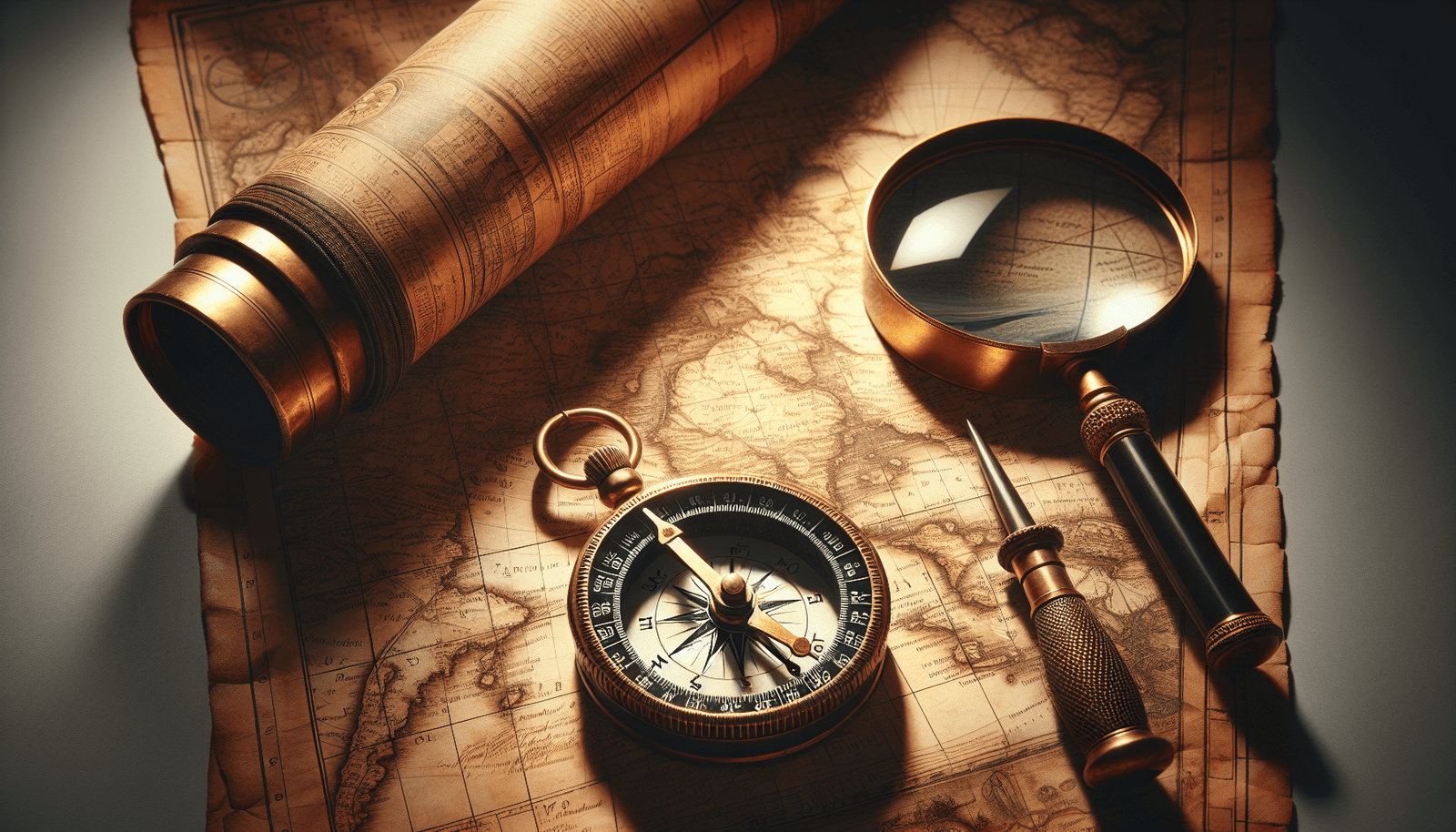
Ethical Considerations in Map Collection
Cultural Sensitivity
Maps can reflect colonial perspectives or territorial boundaries that might be controversial or sensitive. Assessors must recognize these elements and consider the broader cultural and historical implications of maps in their collections.
Provenance and Ownership
Ensuring maps were ethically acquired and do not belong to displaced collections is crucial. Establishing provenance safeguards against legal and ethical disputes and reinforces the integrity of map collections.
In sum, map collection assessment is a multifaceted task that demands a mix of historical insight, technical expertise, and ethical awareness. A robust assessment process not only preserves and highlights the importance of these artifacts but also contributes to the ongoing narrative of human understanding and representation of the world. Whether for academic, curatorial, or personal purposes, equipping oneself with the essential knowledge outlined above is critical for an accurate and respectful map collection assessment.
